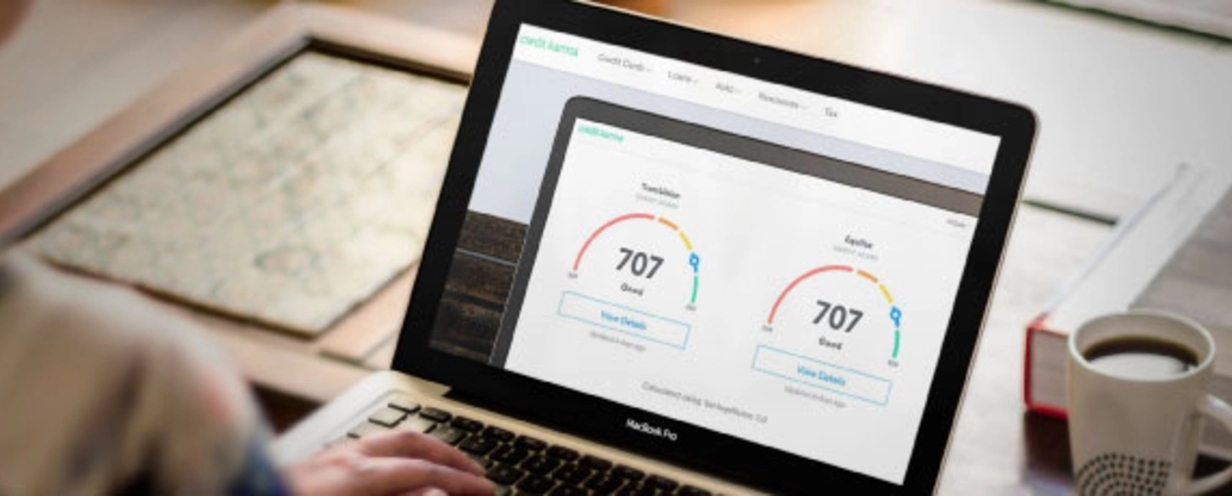
Design Thinking and Design Research at Credit Karma - Q&A with Yasmine Khan, Sr. Design Researcher

In a recent webinar, Yasmine Khan, Senior Design Researcher at Credit Karma, walked us through the different types of research her team performs and the impact it's made on the company’s product and the people who build it.
We had a great Q&A session with Yasmine and included some of our favorite questions below, or you can watch the full webinar here. Enjoy!

How did you get buy-in from leadership?
We started out with tactical stuff, with small simple things. So we were not starting out as, "Hey, let's go big and broad and deep." I was trying to use their motivation. We started out with, "Hey, let's just walk through this simple video." It is super tactical, like a user did not understand X or couldn't find Y or there was a bug.
So let's watch the videos together so that people feel a little bit more comfortable saying, "Oh yeah, I will spend time watching that. That makes sense."
So that helps to create an appetite. It also really helps our leaders. It really did have to come from the top, so we have some really great executive support for design thinking. I think if we didn't have that, I would be in a really rough spot.
Who do you involve in the design thinking workshops?
We will often do a primary workshop for "the triad." The triad is design, engineering, PMs and then we also include BD because partnerships are a big part of our product development.
And then I do secondary workshops for what I call the auxiliary team and another workshop with member services if that is something that they are interested in. Or the legal team is often also interested in what we are learning and doing and why.
But I will say that it is really important to keep the workshops small. I cap them at six to eight people. When it gets bigger than that, you cannot really have an efficient conversation or a deep conversation. That is also where you start to see people getting on their laptops because you are not really engaging with everybody.
So I do small primary workshops and then auxiliary workshops for other folks who would benefit and that would include member support, legal, I cannot think of anybody else off the top of my head. Oh, and content strategy copy is also really important also.
Are you always running these workshop processes or is it only for larger new development initiatives for even for small area feature enhancements?
I would say 9 times out of 10, I am running a workshop. The reason is that the whole point of doing research is that I want people to learn what we have learned in the research whether it was a usability test or a deep foundational interview. Reports are not a great way to share insights.
If you want people to learn what you learned, the workshop is a very important part. I will also say that I require my primary stakeholders to participate in the research.
So my designer and my PM are with me at the interviews or they are watching videos, at least some of them. If we are doing interviews, they are required to go to all of them. If we are watching videos, they are to watch at least a couple of them. The participation is really central to making the research work well and impactful.
Once you have done a couple of workshops and it goes well, you will find that people are actually really excited. This is so much more enjoyable than sitting in a meeting watching a slide. So you will find that resistance starts to fall away because people are actually excited to do these things.
How do you balance user experience and security with test participants?
PII (personally identifiable information) is a really important question. UserTesting has a great feature where you can blur screens. So if you are ever asking people to register and to enter information like their social security number and those things, there is a little button that lets you do that. You click it and it blurs the recording so that we are protecting PII. That was a really important legal concern that we had up front.
When I was first running usability tests on registration, one thing we screen for is that we'd just say upfront that to be a part of this test, you must be comfortable with logging in and sharing your information. So yes we are going to be skewing towards people who are a little more comfortable, but at the end of the day, we need to talk to people who are willing to talk to us.
How do you see the discovery and ideation phase? Can those two phases work quickly and independently from production teams?
I mean they are certainly different parts of the process. In an ideal world, it is happening sequentially. Obviously, we do not live in an ideal world. So oftentimes we are starting when research is done and then we are ideating and then we are doing a test and then we start building, but usually, because of time constraints and resource constraints and things, it is usually kind of all jammed together.
That is really where it is important to have clear communications, clear expectations. That is also why I always ask upfront before I do research what decisions will this inform? Do you actually have the time and space to react to this and do something with it?
That conversation really helps to make sure that we are actually plotting out where these insights are going to make a difference and where we might need to speed up or slow down different parts of the process. It is often a little more gelled together then.
If you're crunched for time, what parts of your process do you abbreviate when the project timeline doesn't allow for a full process?
It really depends on who the team is. It really comes from my familiarity with my partners. I have been here for a couple years, so I know my partners pretty well.
When it comes down to it, sometimes we skip sketching, actually. It is sad because it is everyone's favorite part, but ultimately it is something that the designer can do on their own and we can get some of that through the design review process that is a little more formal. You do sort of miss out. The people who really want to sketch, they are going to sketch anyway and they are going to send their sketches anyway.


